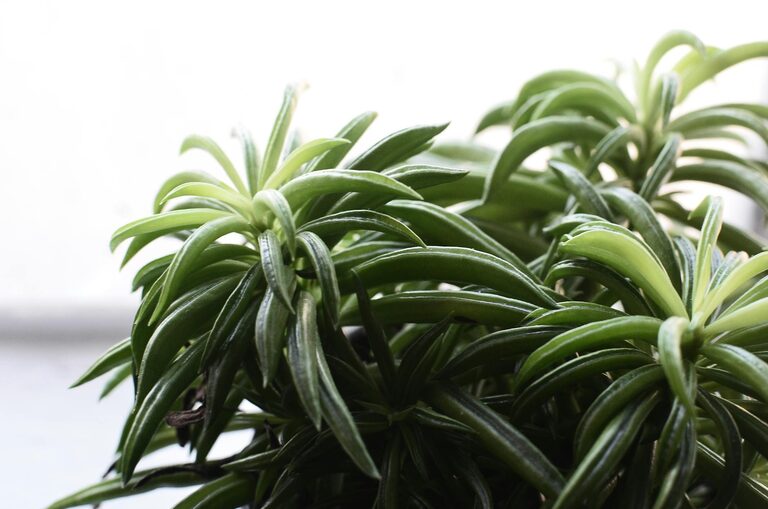Bringing houseplants into your home can add life, color, and a touch of nature to any space. However, keeping these green companions healthy requires some attention and know-how. Whether you’re a beginner or a seasoned plant parent, following a few straightforward tips will help ensure your houseplants thrive and continue to bring joy and fresh air into your home.
Understanding Your Plant’s Needs
Every plant species has unique requirements for water, light, temperature, and humidity. Taking a little time to learn about the specific needs of your houseplants is the first step toward success.
– Light: Some plants prefer bright, indirect sunlight, while others thrive in low-light conditions. For example, succulents and cacti generally like lots of light, whereas snake plants and pothos can tolerate lower light.
– Water: Overwatering is a common mistake. Most houseplants prefer their soil to dry out slightly between waterings. Check the top inch of soil before watering, and adjust frequency based on season and pot size.
– Humidity: Many tropical plants appreciate higher humidity levels. Consider using a humidifier, grouping plants together, or misting leaves occasionally to boost moisture.
– Temperature: Most houseplants prefer consistent temperatures between 65-75°F (18-24°C). Avoid placing plants close to drafts, heaters, or air conditioners.
Watering Wisely
Watering may seem simple, but it’s a task that requires attention and adjustment.
Signs You’re Overwatering or Underwatering
– Overwatering: Yellowing leaves, mushy stems, and root rot.
– Underwatering: Brown, crispy leaf edges and drooping foliage.
Tips for Effective Watering
- Use room temperature water to avoid shocking the roots.
- Water plants thoroughly until excess drains out of the bottom.
- Empty any water collected in saucers to prevent root rot.
- Adjust watering frequency based on plant type, season, and indoor climate.
Proper Lighting Setup
Placing your plants in the right spot is crucial for their growth.
Assessing Your Home’s Light
– Bright Light: Next to south or west-facing windows.
– Medium Light: North or east-facing windows or a few feet away from a bright window.
– Low Light: Interior rooms or areas far from windows.
Moving Plants Based on Seasonal Changes
As seasons change, sunlight intensity and duration shift. Rotate your plants occasionally and consider moving them closer or farther from windows to accommodate light needs.
Feeding Your Plants
Like any living organism, houseplants benefit from occasional feeding.
– Use a balanced, water-soluble fertilizer designed for indoor plants.
– Feed during the growing season (spring and summer) once a month.
– Avoid fertilizing in the dormant season (fall and winter) unless specified for your plant type.
– Follow package instructions carefully to prevent nutrient burn.
Choosing the Right Pot and Soil
The right container and soil mix are foundational for healthy roots.
– Ensure pots have drainage holes to prevent waterlogging.
– Use potting mixes suited to your plant: cacti and succulents need fast-draining soil, while tropical plants prefer moisture-retentive mixes.
– Repot your plants every 1-2 years or when roots become crowded.
Managing Pests and Diseases
Houseplants can attract pests or develop diseases if not monitored.
Common Pests to Watch For
– Spider mites
– Aphids
– Mealybugs
– Scale insects
Prevention and Treatment
– Inspect plants regularly, especially the undersides of leaves.
– Clean leaves with a damp cloth to remove dust and pests.
– Use insecticidal soap or natural remedies like neem oil for infestations.
– Isolate new plants before introducing them to your collection to prevent spreading pests.
Additional Tips for Thriving Plants
– Prune regularly: Remove dead or yellowing leaves to encourage new growth.
– Rotate plants: Turn your plants every week or two to ensure even growth.
– Clean your plants: Dust can block sunlight; wipe leaves gently with a soft, damp cloth.
– Monitor humidity: For plants requiring higher moisture, consider placing a tray with water and pebbles beneath the pot.
Conclusion
Keeping houseplants healthy is a rewarding and enjoyable journey. By understanding their needs, watering thoughtfully, providing appropriate light, feeding correctly, and monitoring for pests, you’ll create an environment where your plants flourish. With some care and attention, your indoor garden will bring beauty and fresh energy to your home for years to come. Happy planting!

